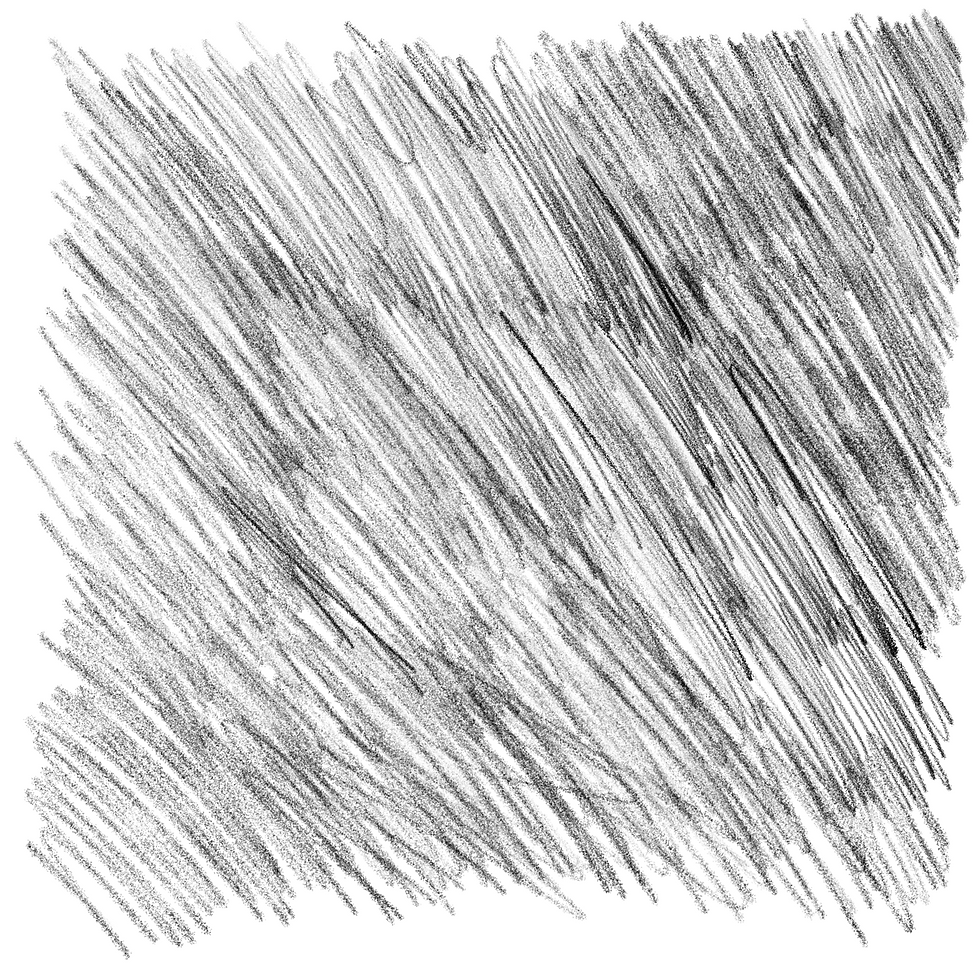

ANOMALISA TITLE
Anomalisa, a stop-motion film directed by Charlie Kaufman and Duke Johnson, delves into a man's struggle to connect with others and his quest for self-understanding. Using Cinema 4D's hatch shading technique, I created a colored pencil look to capture the film's emotional depth and inner turmoil, enhancing its intimate, introspective tone.
Credits
Design and Animation: Kiu Cheung
Music: Kelly Warner, Kiu Cheung
INTIMATE, AND HAUNTING STOP-MOTION FILM EXPLORING ISOLATION AND IDENTITY.

PROCESS
I’ve always been inspired by traditional media. In this project, I set out to explore a new visual style in Cinema 4D, something different from the usual clean, polished look of 3D. I wanted to bring in the sketchy, human touch of hand-drawn animation and combine it with the depth and dimension that 3D offers.
1. Research
Anomalisa is set in a hotel, with its sterile, monotonous atmosphere reflecting the protagonist’s inner turmoil and disconnected relationships. The hotel also symbolizes a transitory space, where people come and go.
I started off with studying the environmental details and structure of the hotel in my storyboard composition to reinforce this sense of isolation and impermanence.


2. Modeling and Experimentation
With only two weeks to complete the project, I worked quickly to model every scene, combining both hard-surface and organic modeling techniques.
I also did an early test to explore the visual style. Over time, it evolved into a more refined and mature look compared to the initial, rounder and cuter direction
3. Texturing
I experimented with hatch shading in Cinema 4D by creating animated textures in Procreate and applying them as Luminance shaders. The key was layering different stroke colors to mimic the feel of colored pencil, subtle but essential for richness.

For example, the briefcase texture includes a layer of blue beneath the surface color, adding depth and believability.







4. Lighting
I used dramatic lighting to emphasize the haunted atmosphere of the film. For certain scenes, I wanted precise control over how light shaped the composition, so I placed geometry blocks in front of area lights to cast intentional shadows. This allowed me to control exactly where each shadow would fall.
5. Character
For the character silhouette, I modeled my little guy in Cinema 4D and imported it into Adobe Mixamo for automatic rigging and animation. I chose to show only the character’s shadow, which added a sense of mystery and intrigue.













